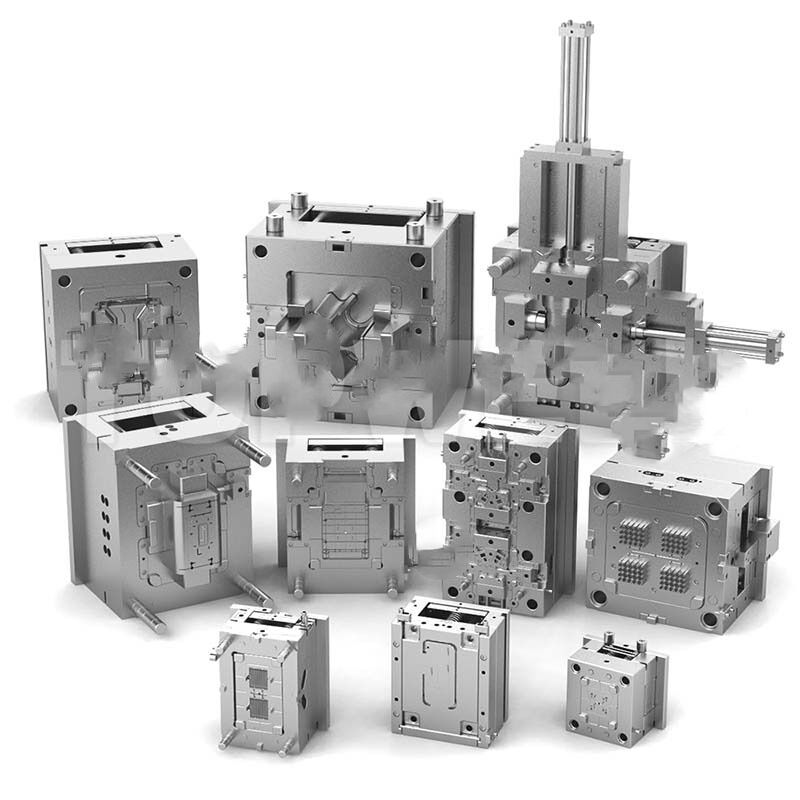PRODUCTS WORK IN WAYS that hide the electronic guts when we consider them. But what about the outer shell, also called - housing?! It is not only to protect the internal components, but also play a role in connecting other parts together and improving the overall appearance of product. Plastics has been the material of choice for housing electronic products for many years, Plastic is a cost-effective and versatile in that it can be easily customized. The problem is that it can be a difficult task to create plastic parts with the necessary precision and quality for many electronic components. However, one common issue that comes while doing this is - single injection molding or multiple injection molding? We will explore more about these methods and understand how plastic parts for electronic products are made.
Improving Plastic Parts for Electronic Devices
Expectations for the plastic components used in electronic product housings to have specific properties are changing fast. Indeed consumers are now demanding aesthetically improved designs than before and expect them to be both sleeker and of lower weight. Additionally, sustainability is becoming more and more of a concern in the industry using recyclable/biodegradable/on upcycled materials. This had a direct bearing on the molding techniques which were employed in creating plastic parts. The capability, precision and cost implications of single & multiple injection molding techniques. Given the rapidly shifting consumer electronics landscape, both approaches have merits and manufacturers will need to weigh them against their specific needs in order to compete.
Single Injection Molding wins the crown for high-quality, electronic product housing splendor
Single shot molding, alternatively known as conventional injection molding is the most common method used in forming plastic parts. The method is used by injecting molten material in a mold and then the cooling down of this plastic component taking up to involuntary shape. Single Injection Molding for Electronic Product Housing Plastic Parts has Numerous Benefits The first reason is to allow for high precision and tight tolerances of the part in both shape as well as dimensions enabling manufacturers. One single metal injection molding part can have a highly complex design, made to tight tolerances without material waste. In addition, the tools used for single image injection are less expensive and easy to maintain in comparison with those of multiple molds. Single injection molding is compatible with a wide range of materials, such as ordinary plastics (PVC), engineering resins (from polycarbonate to polyacetals) and many in between.
The Advantages and Disadvantage of Overmolding in Electronic Product Housings Production
Co-injection molding, multiples or overmolding is a process where two (2), three(3) materials are injected into the same main steel mold with multiple cavities and cold circuits. This will avail manufacturers in developing parts that have different mutable properties of mechanical, aesthetics or function within the part. For example, an electronic device enclosure might require a tough outer shell to provide impact protection and perhaps a soft inner material such as silicone gel or foam with adequate cycle life for shock absorption. It also enables features such as buttons, grips or gaskets to be integrated into the part without adding cost. But, there are several issues with this approach as well. The more complicated molds are also much costs and far costlier to sustain. Since every material requires strict temperature and pressure control, this can also slow the process or make it less efficient. Not all thermoplastics can be used for simultaneous/in-cavity dual injection molding, either-which may introduce further compatibility challenges.
Choosing the Best Technique for Your Manufacturing Requirements
Once again, a choice between single and multiple injection molding depends upon design specifications, material selection (also passes or gates), production volume as well time-to-market constraints together with budget considerations. One-shot injection molding is compatible for simple parts that require high accuracy, uniformity and economization. Especially beneficial in higher production volumes because of scale efficiencies. On the other hand, if a part requires multiple materials or layers are needed and cannot be manufactured with a single injection molding tool, enlightenment may come upon you that multi-shot might make sense despite its added costs and longer lead times.
Ultimately, this choice of using single or multiple injection molding processes depends on the overall requirements by manufacturer for production of plastic parts in electronic product housings. Both processes carry their own set of benefits and drawbacks, so the decision should be based on factors like part complexity, material properties required, production volume necessary to produce parts in question time frame needed for completion also considering budget constraints. Continuing change in consumer preferences for electronic products implies that necessites relevant to plastic parts in the housing of such a product will likewise be changing, requiring producers keep up with latest molding techniques and materials.





 ONLINE
ONLINE